Time to pick up where I left off on the ICM B-26C. Getting closer to getting it ready for paint but still need to finish up with some air frame components.
Starting at the nose, will install the bomb sight and get it painted.
The base is painted Interior Green and the devices are black.
While that sets, will do some putty filling at the back top seam of the nacelles and at the base of the tail. Using Tamiya putty.
While the putty sets, will start work on the gun control pedestal and components.
The gunners pedestal, consists of the seat, armor plate, adjustment wheel, gun sight and the periscope which has a view below and topside.
-
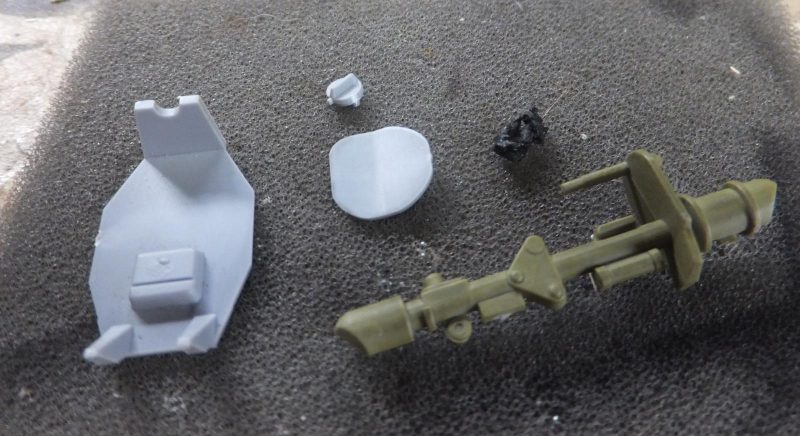
1. Armor plate
2. seat
3. Adjustment wheel
4. Gun sight
5. periscope
6. Top
7. Bottom
First the seat is attached to the base of the periscope.
Then the wheel is attached to side of the scope. Don't know if it turns the electrically power turrets or the scope. Unless the turrets turn with the scope simultaneously.
Next the armor plate is attached to the scope.
While using a Ju-188 engine cowling as a base to hold the part while I airbrush interior green to the assembly. Using Nato Black to paint the ends of the scope and Lifecolor Black for the wheel.
Once the paint sets, I give it a bit of a wash. Silver pencil to show some wear areas.
Then place the assembly carefully into the gunners compartment.
The gunners compartment back window is quite clear and the framing well defined when it comes time to mask it off.
Carefully placing the glass over the gunners scope, it will be loose and able to turn as it is sandwiched between the glass and the lower floor of the gunners compartment.
The ICM glass fits perfectly in the compartments opening.
-
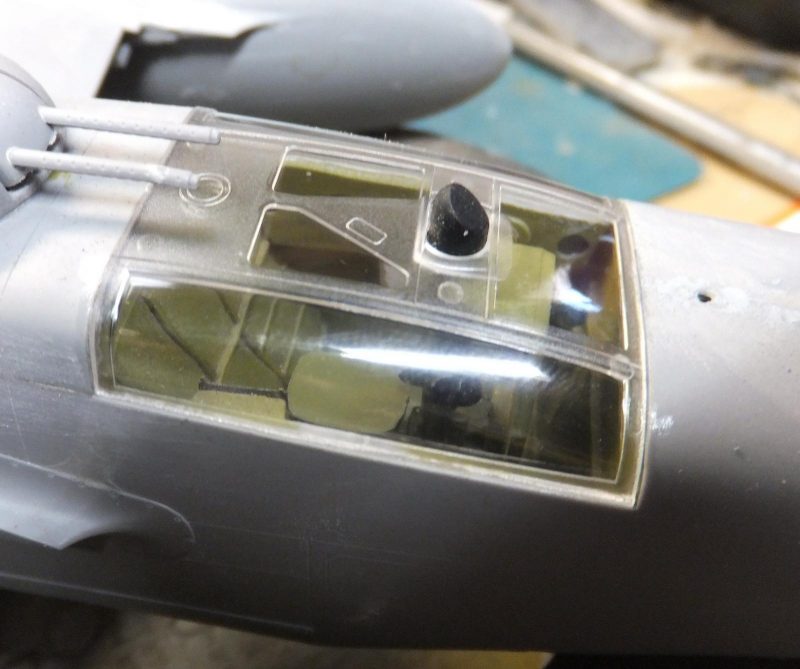
1. Fit is good all the way around
Now the scariest parts, installing the glass nose. There is very little wiggle room if this does not fit correctly. So hopefully I have everything aligned.
-
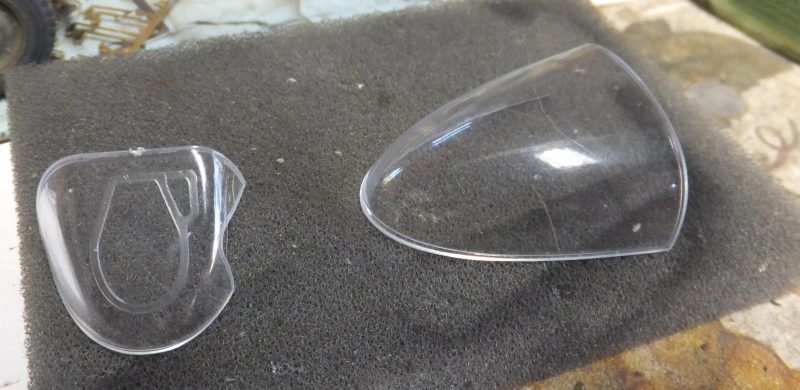
1. Again the glass is really clear.
First I attach the lower nose glass panel. And careful not to get any glue or cement on any of the glass. And not leaving a fingerprint inside the glass. The lower panel fit looks spot on.
Now the top portion. Looks ok from the top as it meets the forward edge of the nose, no ledge at this point.
-
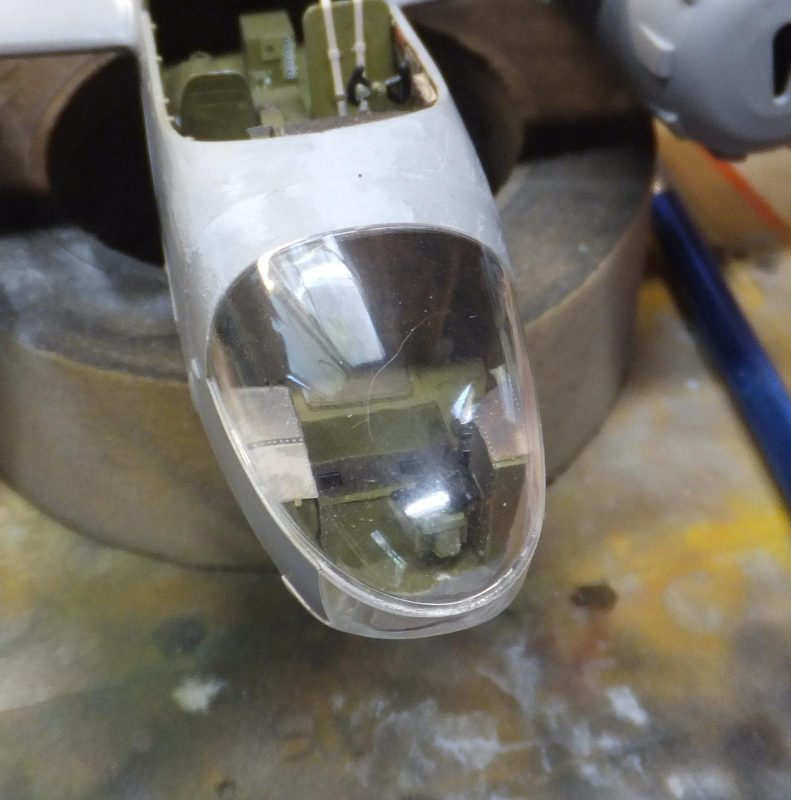
1. No ledge at this contact point
2. Fit good here at this corner
At the front where the top panel meets the lower glass panel, very tiny gap here, but it does contact the lower panel. The fit is level otherwise, Probably can fill it with Testor's clear cement. The LH side corner fit glass to fuselage is good here as well.
-
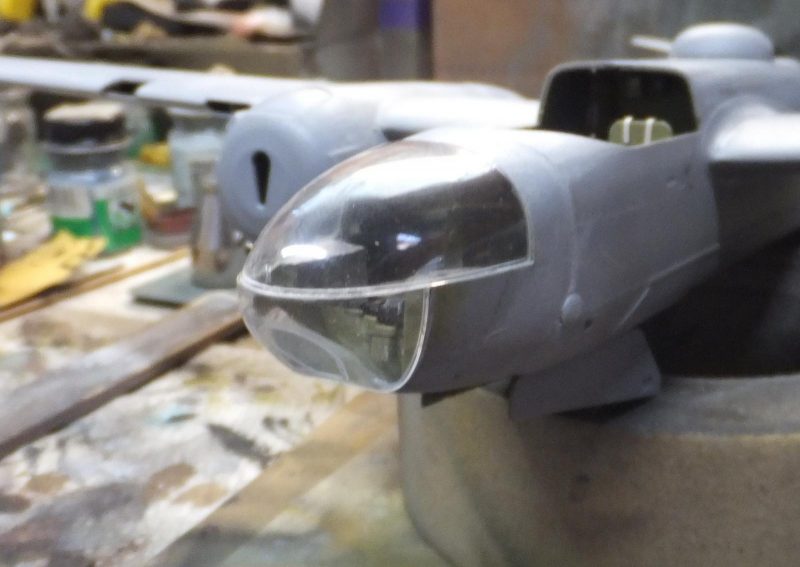
1. Fit is good here as well
Next up is to assemble the engines.
More to follow